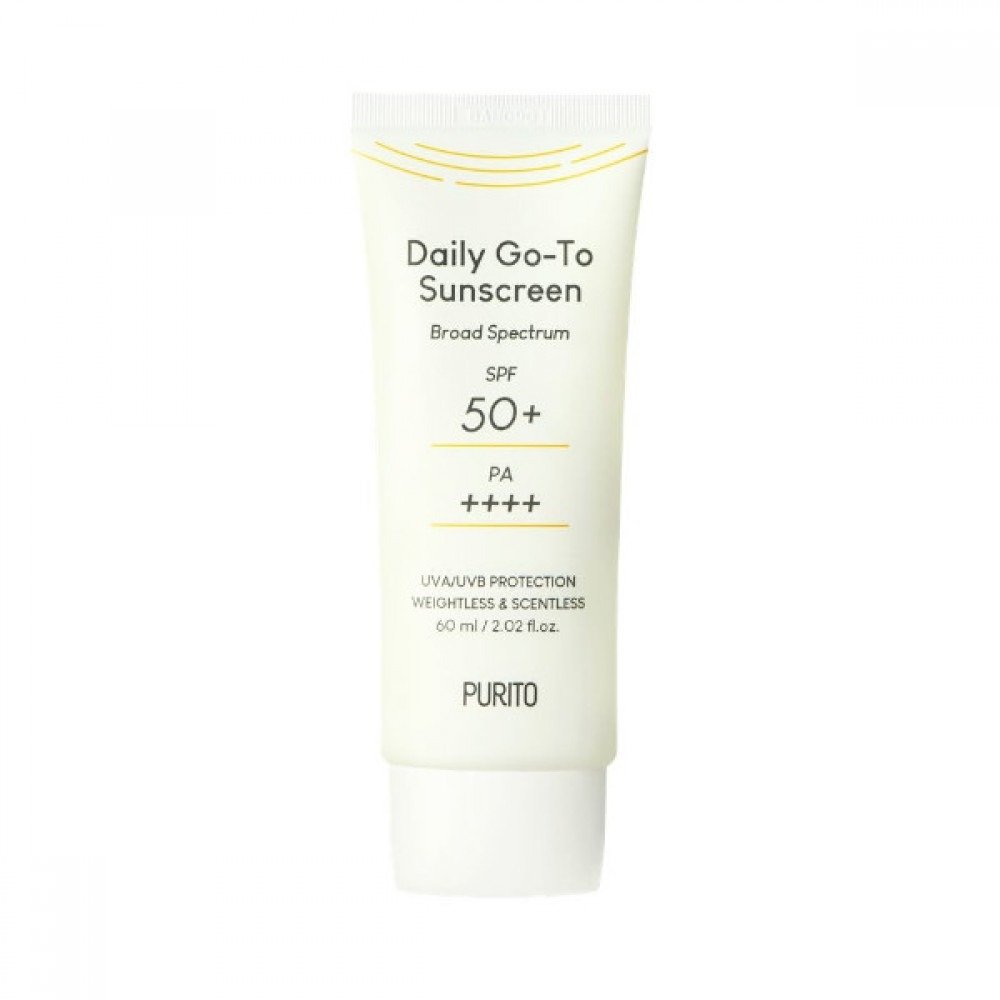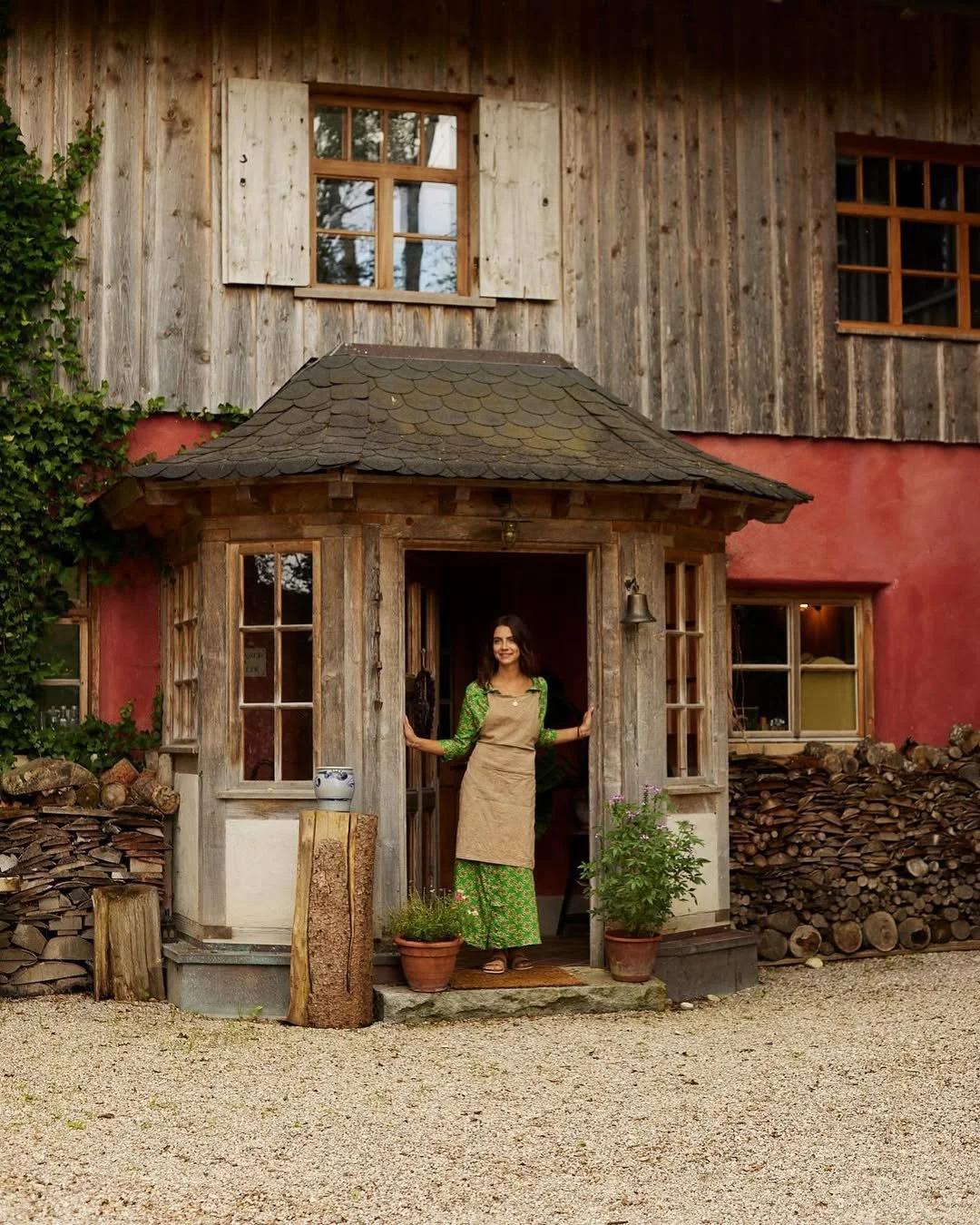Sunscreen Showdown: Our Top Picks from Around the Globe
IN THIS ARTICLE
Welcome, my savvy skincare enthusiasts, to another article from But More Importantly. Our topic today? Sunscreens from around the world. If you haven't hit that subscribe button yet, do so now. Each week, we dig deep into a variety of skincare subjects, including ingredients, procedures, and even medical conditions. My mission? To arm you with knowledge, transforming you into an informed consumer.
International Sunscreens: A Deeper Dive
We're delving into the realm of international sunscreens today, and for good reason - they're superior. Yes, you heard that right. As a sunscreen enthusiast, this is not a claim I make lightly. The unfortunate truth is that, in this area, America is trailing behind. Sunscreens are rightly classified as over-the-counter drugs in the U.S., necessitating a rigorous approval process. However, the lack of innovative products in the market is deeply concerning.
What makes international sunscreens superior? Offering more variety, aesthetically pleasing formulations, and superior science yielding excellent UVA protection, they are a clear winner. The better a product feels on the skin, the more likely it is to become a daily staple, which can transform the way we view and use sunscreens, ultimately leading to better long-term skin protection.
Understanding UVA and UVB Protection
When assessing a sunscreen, both UVA and UVB protection are critical. UVA rays penetrate deeply, accelerating skin aging (remember A for aging), while UVB rays are more superficial, causing skin to redden and burn. Together, they contribute to skin cancer. Traditionally, American sunscreens have prioritized UVB protection over UVA. I've explored this topic extensively in previous articles, but for a quick comparison, note that only two of the eight approved UV filters in the U.S. (zinc oxide and avobenzone) offer substantial UVA protection.
Decoding the PPD and PA Scales
Internationally, UV filters provide broader protection across the UV spectrum, with three of the six filters shown here offering superior UVA protection. The term 'broad spectrum' in the US means it must include UVA protection, meaning the inclusion of zinc or avobenzone. Meanwhile, international standards have advanced to include the PPD (persistent pigment darkening) scale, a comprehensive UVA protection rating system.
For example, a PPD of 10 implies that it would take 10 times longer for your skin to tan compared to the absence of it. Interestingly, in Japan, the concept has been simplified for the convenience of consumers with the introduction of the UVA protection grading scale, also known as the PA scale. The scale has four levels: PA+, PA++, PA+++ and PA++++, denoting some, moderate, high and extremely high UVA protection respectively. Essentially, this scale is a translation of the PPD scale. Thus, an SPF 50 sunscreen with PA++++ provides the highest protection against UVA rays.
Sunscreen Use: Seasonal and Geographical Considerations
Applying sunscreen daily as part of your morning routine is a good habit to maintain year-round, regardless of how often you should ideally use sunscreen. It's always better to have some protection than none at all. However, timing for reapplication becomes a complex subject when factoring in seasonal and geographical differences. For instance, a person in New York during November has different sun exposure needs than someone in Australia during the same period. The deciding factor here is the UV index which measures UV ray intensity.
For example, in Australia, sunscreen is recommended when the UV index exceeds three. I would advise following this guideline, but I'd also suggest using sunscreen daily, even if the UV index is just one. In winter, applying sunscreen to your face, neck, and chest is sufficient as these areas are usually exposed to the sun. But if the UV index crosses three, I'll be more cautious and apply it all over my body.
Tailoring Sunscreen Use to Your Lifestyle and Location
You can take help from the weather app on smartphones to track the UV index. For instance, in New York at 9 am, the UV index might only be at one, while in Sydney, the UV index can already be at four at the same time. Thus, if you're planning a morning run in November in New York, you could probably skip the sunscreen, go for a run, and then apply it as part of your regular routine after your shower. But if you're in Sydney, I'd advise you to use sunscreen before you step out. Remember, it's crucial to consider your location, the UV index, and the specific circumstances of your life at a given time.
Korea's Sunscreen Champions
Kick-starting the list with K beauty staple, it's impossible not to mention Beauty of Joseon. This sunscreen, at SPF 50 PA four plus, is a crowd favorite. It's light, hydrating, and can sometimes be a substitute for a moisturizer during summers. In colder, dry seasons, you can layer it over your moisturizer. The product is excellent for soothing the skin and reducing inflammation, thanks to ingredients like niacinamide and camellia sinensis leaf extract. It's a hybrid sunscreen with both chemical and physical filters, and it's affordable and readily available.
Next on the list is another K beauty gem from Purito - their daily go-to sunscreen SPF 50 PA++++. This product is especially beneficial for those prone to rosacea and redness, due to its centella asiatica extract. It's slightly thicker than Beauty of Joseon, adheres well to the skin, and is also fragrance-free and leaves no white cast.
Thirdly, we have the Round Lab Birch Juice Moisturizing Sunscreen. Many of our readers rave about this product. It contains hyaluronic acid, which can be beneficial when not overused in your routine. Birch tree sap in the formulation reduces inflammation and purifies the skin while keeping it hydrated.
Rounding up the list is yet another Korean brand, Isntree. This particular product is a collaboration between Cassandra Bankson and Isntree - the Purple Protector Onion Sunscreen. Like all the products mentioned above, these sunscreens offer an SPF of 50 PA++++; they blend seamlessly, leave no white cast, and are fragrance-free. Additionally, they are cost-effective and great for varying skin preferences. Interestingly, this sunscreen carries an SPF 50 and PA+++ rating, and its formulation includes US-approved filters. So, despite Isntree being an international brand, they've incorporated locally approved filters into this product. The sunscreen combines titanium and several chemical filters.
What sets it apart, however, is its unusual purple color, and the inclusion of an onion bulb extract, typical of K-beauty products. The extract is known for improving the look of post-surgical and acne scars, thanks to its claimed antibacterial and antifungal properties. While the sunscreen initially leaves a light purple cast, it blends away as you rub it in.
Japanese Marvel in Sun Protection
Next on the list is not Korean but a Japanese marvel: the Canmake Mermaid Skin Gel. It doubles up as a primer and is perfect when you're going for a full makeup look. Its silky texture and lightweight formula provide a blurring effect on skin, and it combines both physical and chemical filters.
Australia's Strongholds in Sunscreen
Now let's turn our attention to Australia, renowned for their stringent sunscreen testing. My top pick here is the Ultra Violette SPF 50 Queen Screen. It has a lightweight consistency, spreadable and long-lasting. The downside for some may be its dropper application and rosewater fragrance, which might not appeal to everyone.
This sunscreen is composed of four filters - octanoxate, octasilicillate, tinosorb m, and also includes Terminalia Ferdinandiana fruit extract, also known as Kakadu plum. This native Northern Australian plant boasts high vitamin C and antioxidant properties.
What sets this sunscreen apart is its light texture and its pleasant rosewater scent. It pairs perfectly under makeup and should be the final step of your skincare routine despite its watery, serum-like consistency.
Next, let's take a look at Naked Sundays and its Collagen Glow 100% mineral sunscreen. This product, comprised entirely of zinc oxide, features watermelon extract and vegan collagen, providing hydration and potential antioxidant effects, although its actual collagen-stimulating capabilities remain questionable. The sunscreen is quite thick and has a tint to it, which may not blend seamlessly into all skin tones, something TikTok users might not tell you. While it's a good zinc sunscreen, I can't say it's universally suited for all skin tones.
Moving on, we have Cancer Council's SPF 50+ sunscreen, offering broad-spectrum protection against UVA and UVB rays. It's ultra lightweight and hydrating, made from a blend of different chemicals, including octocrylene, avobenzone, and Uvinul T150. Interestingly, it also contains camphor, a UVB protector not approved in Japan, but legal in both the EU and Australia. This would be my beach day pick for its broad-spectrum protection and non-irritating, matte finish formula.
The Bondi Sands SPF 50 sunscreen closes out the Australian segment. It combines four UV filters with vitamin E and aloe for soothing effects, offering a lightweight, non-greasy, and fragrance-free solution. While not particularly innovative, it's a reliable choice that doesn't irritate the skin.
European Innovation in Sunscreen
Crossing continents, we land at Eucerin's SPF 50+ pigment control tinted sunscreen in Europe. This product particularly interests me because of its ability to control pigment production, a crucial feature for anyone dealing with melasma. It includes a variety of filters, such as Avobenzone, Tenosorb S, Octisalate, Uvinul TA, Uvinul A plus, and Enzulizole, and delivers coverage for UVB and UVA rays. Take note though, this sunscreen is tinted and quite thick. The tint may not suit everyone, but it doesn't leave a white cast due to its lack of thick zinc or titanium.
That concludes our international sunscreen review – covering products from Korea, Japan, Australia, and Europe. I hope this has been informative and useful. Please feel free to leave any comments or questions below, and I'll see you next week!
About the Author: Caolan
With over a decade of international experience, Caolan's passion lies in simplifying the complex. His innovative thinking and audience-first approach have made significant impacts across the creative industries. Now, as the founder of But More Importantly, he applies these talents to the world of cosmetics, aiming to unmask marketing hype and provide readers with the truth about beauty products. His mission: to help you make informed choices and discover what truly enhances your beauty routine.























